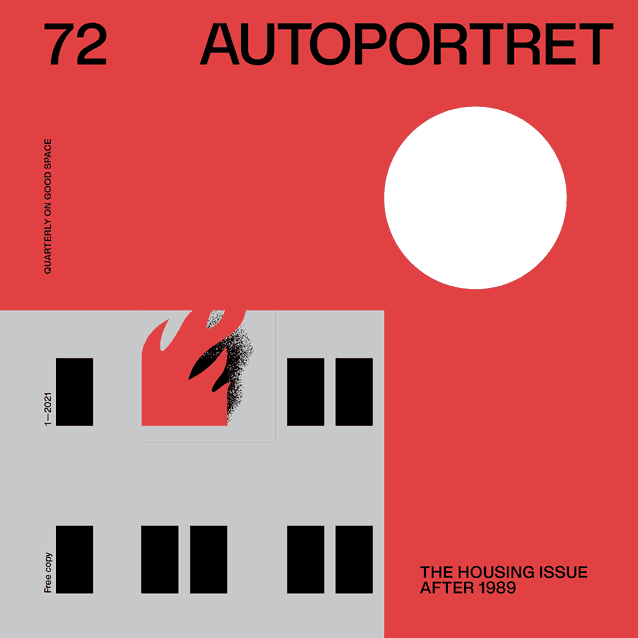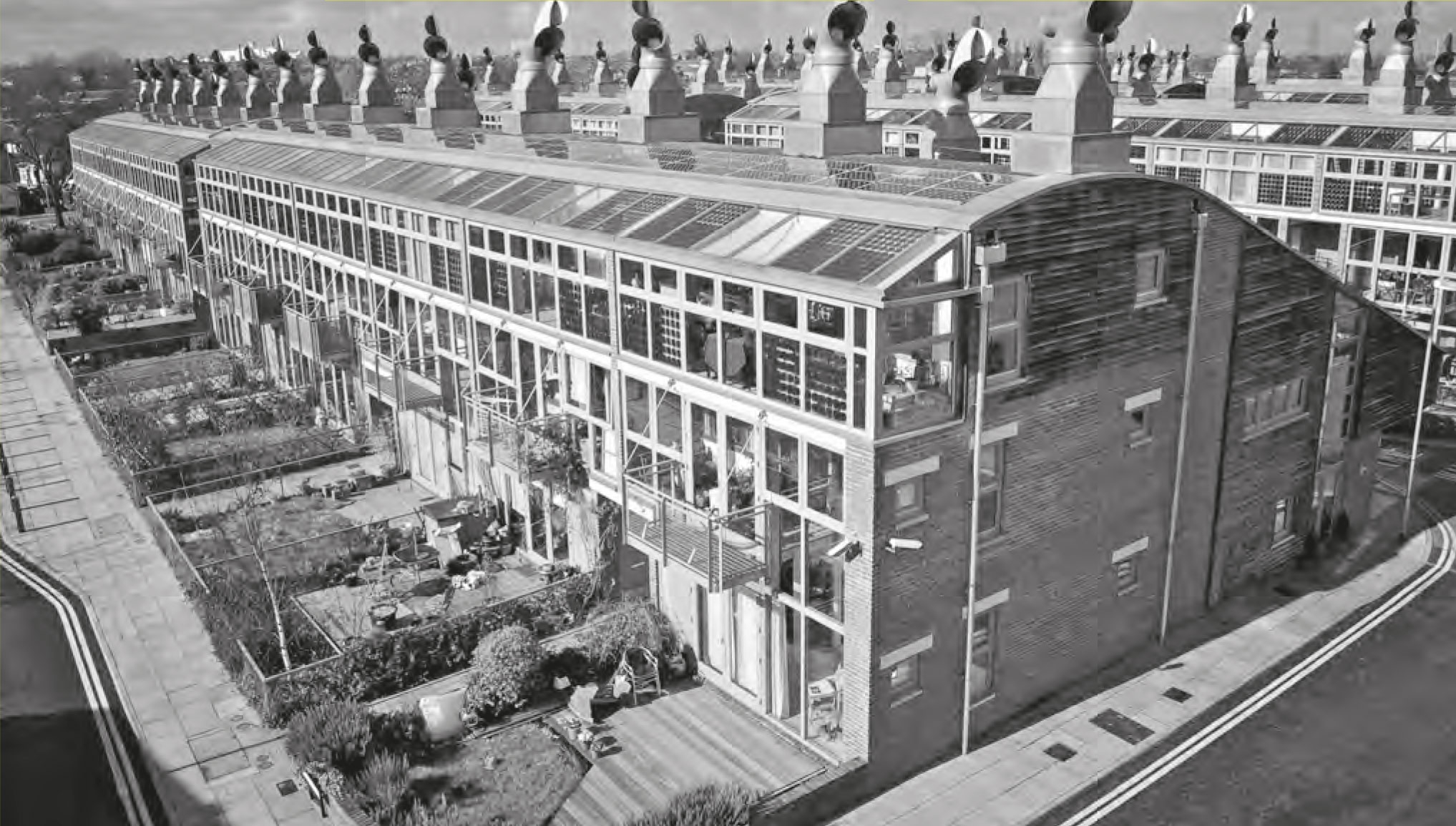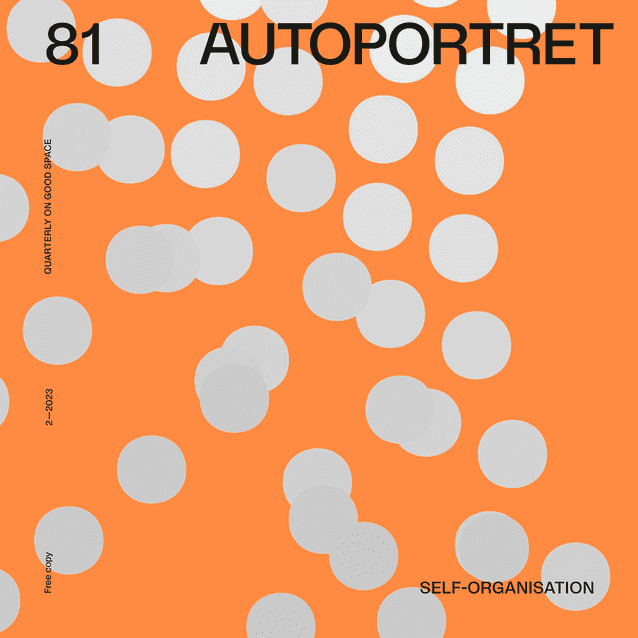However the sustainability of a city must be understood far beyond energy efficiency, our approach to a liveable city is undertaken through the reduction of energy consumption. Cities themselves are very energy efficient systems. That is one of the most important reasons why contemporary approaches to sustainability focus on cities as the key to sustainable development on a global level.1 Urbanization has accelerated in the last decades and especially in Central-Eastern Europe this process happened with little control. Urbanization was driven more by real-estate developers heavily bonded to political interests.2 This process has lead to urban sprawl what also meant higher energy demand of traffic, and majority of the buildings were built in a poor quality, energy efficiency was not among the design principles of that era. Luckily enough global financial crises came what stopped the heavy growth of building industry. The age of crisis can be taken as a possibility for redefining concepts and create guidelines for a new period of growth.
While the City of Stockholm voted for fossil independency in 2003 and became the first green capital of Europe in 2010 carbon neutrality of Central-Eastern European cities still seems to be a utopia.
Reduction of energy consumption is also a way towards better air quality of our cities. Nevertheless it has its own limits: we will always need power to heat the water for a hot shower, our electrical appliances need to be charged and we cook. What are the practical possibilities to reduce energy consumption thus mitigate green house gas emissions?
ENERGY FLOW IN CITIES
Energy in cities has its certain flow. Heat and electricity is generated in power plants and used in homes, offices, industry and transport. Transport of private vehicles has again its own energy circuit by directly using fossil fuels. As a result of our activities a range of goods and wastes are produced. Waste can be energy, heat, solid materials and fluids as well, out if which a certain percentage can be reused or recycled and other must be handled with special care as they are harmful to the environment. The metabolism of a city is understood by this energy flow3 . This system should be as closed as possible, – meaning the less dependence on external resources and the less waste produced – for the city can become more sustainable.
In the urban metabolism process the various sectors can be handled as potential energy sources for each other. Energy cannot just be consumed but also generated by cars and buildings. Waste can be handled as an energy source, though if we reduce the amount of domestic wastes by more conscious consumer habits and recycling it might threaten the stability of energy generation by waste incineration, as it happened in Norway who already needs to import waste from other countries. Waste water can also be used for generating heat and/or electricity in biomass power plants. There is also a great potential in generating heat from waste water in-situ with the help of local heat-exchangers.
Cars can also charge back either locally or for the bigger network with the help of Vehicle-toGrid system. As cars are parked in 95% percent of their time on an average they can be used for storing or generating energy to supply buildings. Buildings can also produce energy by having photovoltaics or wind turbines installed on them, and the extra can also be charged back to the system to supply other users.
USE OF RENEWABLE ENERGY SOURCES IN CITIES
It is more obvious that renewable energy sources can be used on the countryside, where there are mostly single family houses with big roofs, with plenty of space to install photovoltaic panels or solar collectors. But renewables can also be used in cities even in the most densely built areas. Solar panels can be installed on the roofs though the roof area per person is much lower in case of multifamily houses and the effective area can even be much lower as buildings drop shade on each other. Solar potential should be investigated in detail in case of each city as there are still great possibilities despite of all these disadvantages. Multiple terawatts of energy can be produced in a city like Budapest, as various researches have already proven it throughout Germany or the USA.4 In CentralEastern Europe we have better possibilities to use solar energy than the Scandinavian countries, and this is not only the lack of money why it is not widespread in this region but also the lack of knowledge, research and innovation on the professionals’ side and mostly because of the scepticism and ignorance of our politicians.
Micro wind-turbines are a reality as well and can already be seen installed on some urban buildings. The urban landscape has its own topography. Bigger streets, rivers and canals are wind canyons what are advantageous for these small power-generators.
In the so-called ‘nearby systems’ the produced energy could be shared within a community from a commonly realized investment, though this also requires a mature sense of community and the legislation of energy-neighbourhoods.
Renewables on the third off-site level of energy supply are also great alternatives and can more easily be incorporated to the conventional system of big energy-suppliers and small end-users. Besides upgrading the old power plants for using renewable energy sources such as biomass or biogas, solar and wind farms can also feed whole cities.
The use of renewable energy sources in an urban environment requires an intelligent energy system, where small producers can charge back to the grid so that others also can have a share of the energy they produce.
THE FALSE IMAGE OF GREEN BUILDINGS
Our cities are made of buildings. 30-40% of the overall consumed energy is used in buildings; other 30-40% is used in transport and the rest in industry. The denser a city is the less energy is used for transport, and the more it lives from the business and services sector, the less is used in the industry. In cities like New York, London or Berlin buildings are responsible for about 60% of the total energy consumed. [5] This fact makes obvious that the biggest save can be achieved by the energy efficiency of buildings.
Labels as ‘green’ and ‘sustainable’ has value on the real-estate market. Investors and developers might excel more in green building than our governments. Especially nowadays their clients are looking for properties that are cheaper to maintain than average offices or the ones built 10-15 years ago. That is why more and more ‘green offices’ or ‘green buildings’ are under development recently, however it must be carefully checked what is there behind this title. Green building assessment helps to make a clear difference, although many potential tenants have no idea about the real meaning of a certain qualification. Some investors might then choose the easier way and get the label, no matter what level the building achieves. Once the stamp of the assessment is won there will be no big difference if the building would be an average or of good performance.
98% of the buildings in our cities are already built for the next 2-3 decades. There are always some new developments but the quality of the overall building mass is depending on the quality of the old buildings. Buildings need a renovation approximately every 50 years. By today prefabricated houses have arrived to the point where there is an urging need for their complete refurbishment. 30% of city dwellers live in this type of houses in Central-Eastern Europe.6 Prefabs can be refurbished in a very energy-efficient way with a so called deep-retrofit, when the optimally maximum thickness of heat insulation is applied on their facades and roofs, windows are changed to insulating windows with 3-layered glazing and heat-recovery ventilation system is installed. With the scenario 70-80% of the energy can be saved annually and the now energy wasting prefabs can become low or very low energy demand buildings.7
The level of refurbishment is limited in case of historical buildings. The core of our old towns is densely built and many of the buildings enjoy some kind of protection. Still, their windows can be renewed to the level what is comparable to contemporary windows with respect to the original structure; heat insulation might be applied on the inner facades and in roofs and the technology of heat-insulating renderings are also improving what helps these buildings to perform better. With a careful estimation about 40% of energy can be saved in historical districts as well with an 8,5 years return.
Of course calculating with energy efficiency only, even thinking about 8,5 years in return, these interventions bring value on the short term only. On a long run the whole life-cycle would be kept in mind and here comes the value of the energy already built-in in our existing buildings. This amount of energy is a clear save, that can also be expressed in money. The use of environmental friendly building materials cannot be translated into saves this easy. However in the whole lifecycle assessment it is shown that considering the energy that should be used after demolition is much lower in case of these materials as they are either organic and biodegradable or recyclable. Building regulations of the future must require the whole life-cycle assessment and limits for this period of time should be incorporated.
Refurbishment should be executed with strategical thinking in mind as it defines the energy use of our cities for the next century. Our cities can really become carbon neutral if energy efficiency and climate consciousness is the guideline for the fine tuning of their elements.




